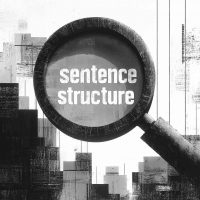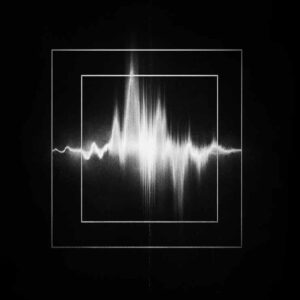
Word Art Generator
Generate word art from any text you enter in any style you choose or describe.

The Sentence Structure Analyzer is a powerful tool designed to help users break down and understand the grammatical structure of sentences. Whether you’re a student learning grammar, a writer refining your sentences, or an educator seeking a teaching aid, this tool offers a clear visual and textual breakdown of how words function in context. Here’s how to make the most of it.
To begin analyzing a sentence, simply locate the input box labeled “Enter the sentence you want to analyze.” Type or paste your sentence into this field. This is the only required input. You also have the option to choose a “Level (Optional)” from a dropdown menu, which may tailor the complexity of the analysis, though this step can be skipped if you’re unsure.
Once your sentence is ready, click the “Analyze Sentence Structure” button. Within seconds, the tool will generate a full grammatical breakdown.
The tool provides a two-part analysis:
This breakdown is particularly useful for understanding how each word contributes to the sentence’s meaning and structure.
The analyzer is capable of identifying and categorizing a wide range of parts of speech. Based on the sample outputs, here are some common ones:
This enhanced list will help you interpret the tool’s analysis with greater clarity and provide a better understanding of English grammar in practice.
Each of these is paired with a description of its grammatical function, such as subject, object, predicate verb, modifier, or clause marker.
The Sentence Structure Analyzer transforms sentence dissection into an accessible, visual learning experience. With automatic identification of parts of speech and grammatical roles, users can quickly gain insight into how sentences are built—and how to build better ones. Whether you’re honing your grammar skills or teaching others, this tool makes understanding English sentence structure easier and more intuitive.
How did this tool work for you? How can we make it better? Please send us your feedback by using the form below and include as many details as you can.

Generate word art from any text you enter in any style you choose or describe.

Design a unique emoji for any occasion by providing a simple description.

Generate a series of social media posts for your organization.

Turn any quote into eye-catching graphic art for sharing in social media, presentations, signage, and more.

Generate a YouTube-style thumbnail for your videos. Enter the headline and describe an image to get a custom cover in seconds.

Generate custom textures and backgrounds to use in graphic design and 3D projects.

Generate unique cover art for a podcast with endless style variations.

Provides a list of potential interview questions based on the job description and offers sample answers.

Create custom event invitation flyer graphics instantly for bu

Provide a finished example of an ideal output and get a custom prompt or template that will reproduce the result.

Provides detailed etymological backgrounds and historical usage of any word you input, along with interesting trivia.

Create amazing collage art in seconds with a variety of presets and styles.

Generate a movie poster concept in any style you can imagine.

This AI image tool generates delightful coloring pages based on any description you provide.

An AI tool that designs logo concepts according to your specifications

Craft metal-charged lettering that hits like a power chord, giving your words the raw, gritty edge they deserve.